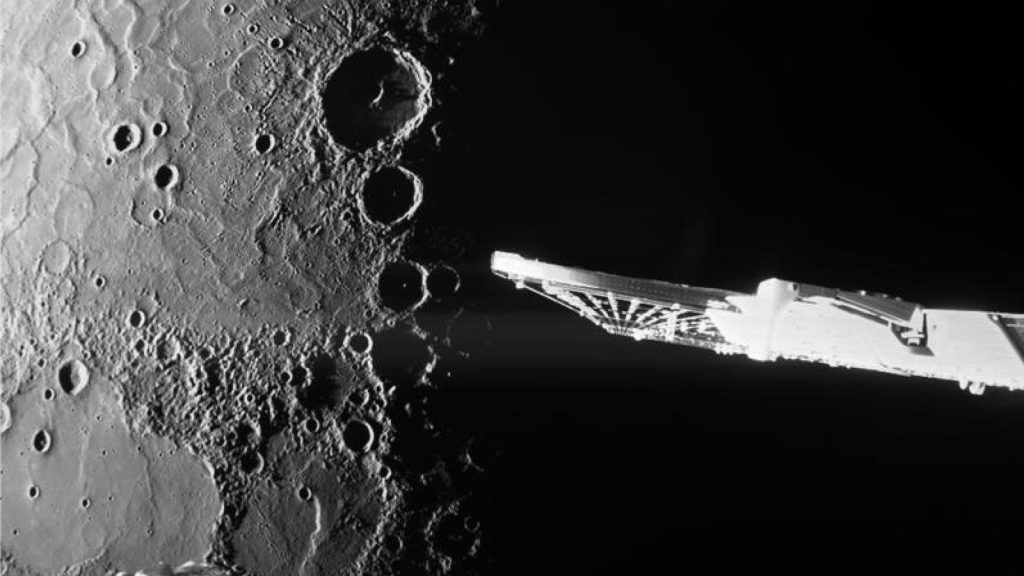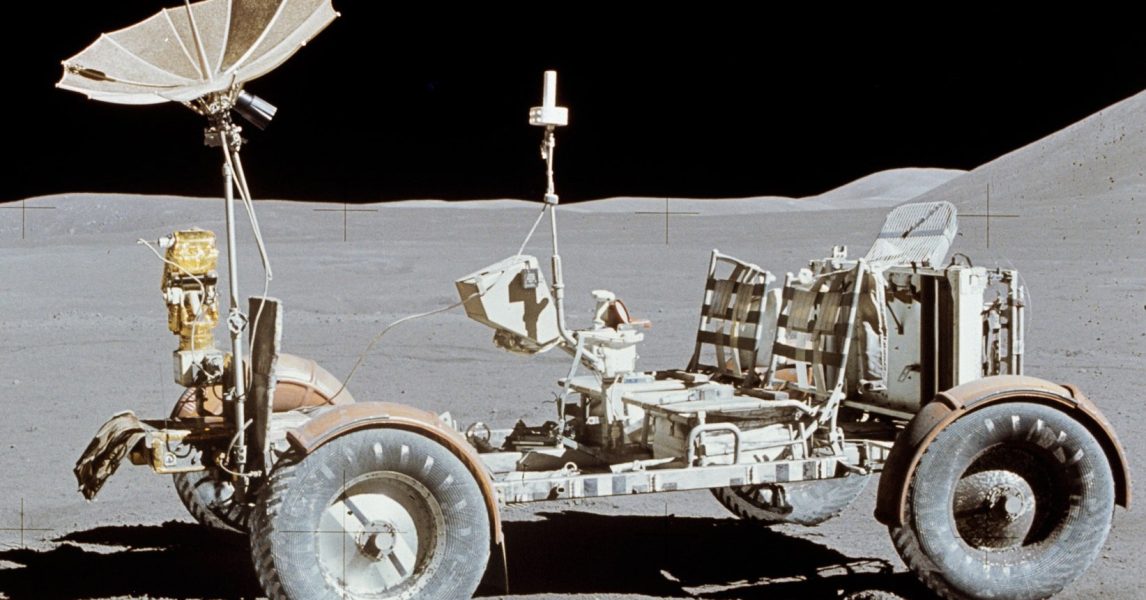In Photos: See Mercury’s Craters In Spectacular Close-Ups After Flyby – Forbes

This image of Mercury’s surface was taken by M-CAM 1 on board the Mercury Transfer Module (part of … [+] the BepiColombo spacecraft), using an integration time of 40 milliseconds. Taken from around 787 km, the surface resolution in this photograph is around 730 m/pixel.Venus may be grabbing all of the headlines, but the craters of Mercury’s north pole region star in the latest stunning images from the $1.8 billion BepiColumbo mission.Flying just 183 miles (295 kilometers) above Mercury’s surface on Jan. 8, 2025, the spacecraft — which was built in the U.K. — imaged craters on the planet’s vast sunlit northern plains. It also imaged polar craters suspected of hosting ice and whose floors may be in permanent shadow.Despite Mercury being about 39% as far from the sun as Earth is, its surface temperature can range from -290 degrees Fahrenheit (-180 degrees Celsius) at night to 800 degrees Fahrenheit (430 degrees Celsius).The flyby images, all black-and-white 1024×1024 pixel snapshots, come from two M-CAM monitoring cameras on BepiColombo that are mostly there to monitor the spacecraft’s solar panels, antenna and magnetometer boom.The above image shows shadowed craters at the north pole, including Prokofiev and Kandinsky. These frigid, unlit craters may contain frozen water—a key mystery for future study. Nearby, the vast volcanic plains of Borealis Planitia showcase ancient lava flows and surface wrinkles.This image of Mercury’s surface was taken by M-CAM 1 onboard the Mercury Transfer Module (part of … [+] the BepiColombo spacecraft), using an exposure time of 4 milliseconss. Taken from a distance of around 1427 km.BepiColombo’s second image reveals Mercury’s expansive Borealis Planitia, with lava-flooded craters like Mendelssohn and Rustaveli, their rims barely visible. Dominating the bottom left is the massive Caloris basin, spanning 1,500 km, surrounded by radiating troughs from its ancient impact. A bright lava flow near a deep trough hints at volcanic mysteries yet to be solved.BepiColombo is named after the late Professor Giuseppe (Bepi) Colombo, an Italian mathematician and engineer who discovered a resonance that makes Mercury rotate on its axis three times every two years.This is one of a series of images taken by the ESA/JAXA BepiColombo mission on 8 January 2025 as the … [+] spacecraft sped by for its sixth and final gravity assist manoeuvre at the planet.BepiColombo’s third flyby image showcases the Nathair Facula near Mercury’s upper edge, the site of the planet’s largest volcanic explosion. A 40 km-wide vent sits at its center, surrounded by a 300 km-wide deposit from at least three eruptions. To the left lies the Fonteyn crater, just 300 million years old, its bright impact debris radiating outward.BepiColombo follows in the footsteps of NASA’s Mariner 10, which photographed Mercury in 1974-75, and NASA’s MESSENGER, which mapped it from 2008-2015.BepiColumbo is on a seven-year journey from Earth to Mercury, most of which is necessary for spacecraft to slow down enough to enter orbit safely. Having left Earth in 2018, it will reach the closest planet to the sun in November 2026. That’s a delay of 11 months on the original date, caused by a technical issue with its solar panels identified in April that means BepiColumbo’s thrusters from operating at full power. This was the final of six gravity assist maneuvers to steer it into orbit. Infographic explaining BepiColombo’s sixth flyby of Mercury. The joint mission from the European Space Agency and the Japanese Space Agency—about as tall as a giraffe—is two spacecraft, ESA’s Mercury Planetary Orbiter and JAXA’s Mercury Magnetospheric Orbiter. They will separate from the chassis before they enter different orbits around Mercury.The two orbiters will collaborate to investigate Mercury’s origin and evolution and its internal structure, geological features, composition, and craters. They will also study its atmosphere, magnetosphere, and the effect of the solar wind, explore the origin of Mercury’s magnetic field, and analyze deposits at its poles. They’ll also map the planet across various wavelengths.Wishing you clear skies and wide eyes.One Community. Many Voices. Create a free account to share your thoughts. Our community is about connecting people through open and thoughtful conversations. We want our readers to share their views and exchange ideas and facts in a safe space.In order to do so, please follow the posting rules in our site’s Terms of Service. We’ve summarized some of those key rules below. Simply put, keep it civil.Your post will be rejected if we notice that it seems to contain:User accounts will be blocked if we notice or believe that users are engaged in:So, how can you be a power user?Thanks for reading our community guidelines. Please read the full list of posting rules found in our site’s Terms of Service.






